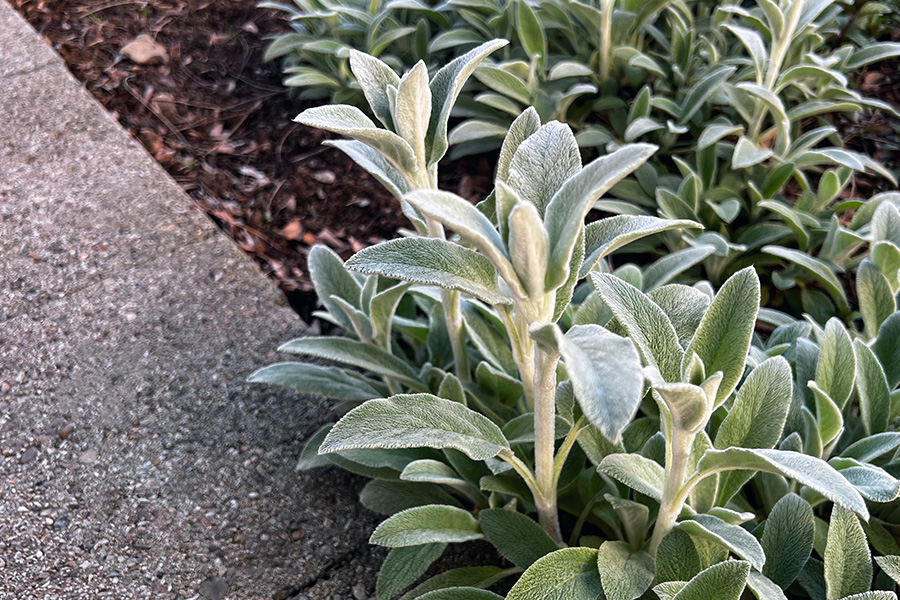 Center: Japanese Spurge. Outside: Dwarf Mondograss
Center: Japanese Spurge. Outside: Dwarf Mondograss
Ground covers are spreading, low-growing plants used in landscapes to cover an area of ground. They may be woody plants, like junipers, or herbaceous perennial plants, like sedum or daylilies. Generally, ground cover plants are evergreen and spread by horizontal stems, stolons (above-ground stems that root along their nodes) or rhizomes (below-ground creeping stems that spread outward). For the purposes of this publication, plants that spread by seed or are taller than 3 feet in height are not considered ground covers.
 Junipers planted on a bank.
Junipers planted on a bank.







